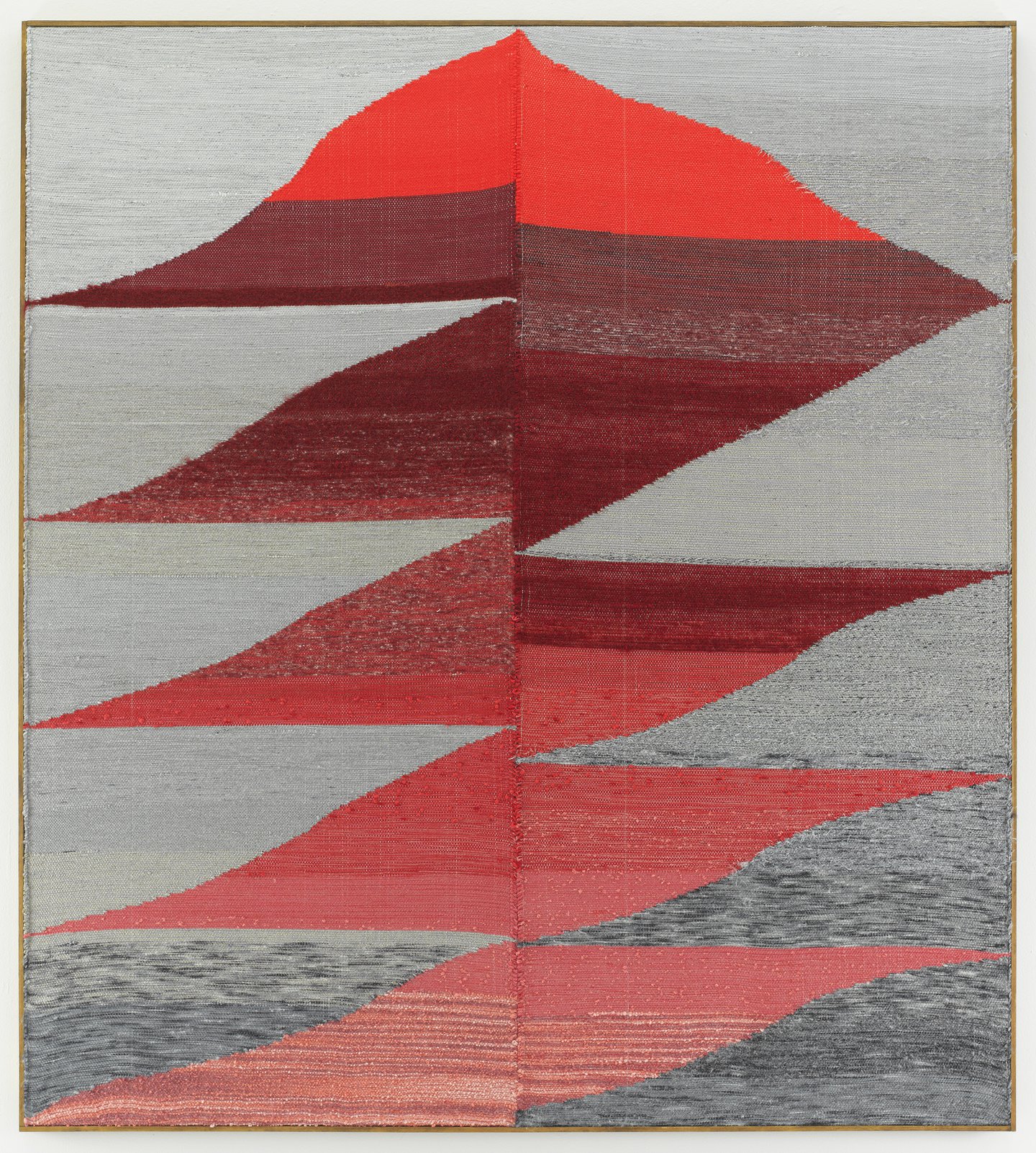This is a record of what I did to process wild goldenrod from the ditches and fields of Manitoulin into a brilliant yellow or gold dye on cellulose (linen and cotton) materials. The method I use takes days. My bible was Sara Buscaglia's book, Quilt Alchemy. The fabrics were scoured, soaked in tannin, mordanted in alum, and finally dyed in a liquid made from cooking goldenrod flowers or goldenrod leaves and stems. I'm sharing what I did because it might be helpful to others, but please remember that I am not an expert. I learn something new every time I do this.
September 13. Gather the wild material. Ned and I had a lovely afternoon, driving the back roads of this beautiful, rural place.
September 14. Separate the flowers from the green stems and leaves.
September 15. Cover the plant material with boiling water and allow to steep overnight.
September 16 Simmer the plant mixture for one hour. Allow to steeep 8 hours. Repeat two more times.
September 17: Continue to simmer and steep. I had four large cauldrens going, taking turns on my kitchen stove. Two with just flowers and two others with only leaves and stems. It takes days to extract the colour fully. Some say that you can over cook the flowers and make the colour dull. Maybe I did, I'm not sure.
September 18: Meanwhile, prepare the fabrics by scouring them. To scour linen, immerse in hot water that has one tablespoon of liquid soap and two teaspoons of soda ash per cauldren. Simmer for one hour and then allow to cool in the liquid. Rinse. I prepared six linen damask table cloths for the first strike of dye.
September 19: Mix tannin solutions. This important step is what helps the cellulose accept the colour. I used powders from Maiwa for this step. Myrobalan, Henna, and a Tannin that I bought twenty five years ago and never used. The Myrobalan gave a yellow tone to the cloth, the Henna gave an yellow-orange tone to the cloth and the 'tannin' gave a pink-tan tone.
I made six buckets of tannin pre-soak in total, two of each type. I only put one table cloth into each pail because it is important not to over-crowd. Recipe: I used 4 talblespoons of tannin powder and 1.5 tablespoons of soda ash in a 2.5 gallon bucket of hot tap water (a stronger solution perhaps than I needed). Immerse scoured, rinsed, and wrung out cloth into the pail. Make sure there are no air bubbles and the fabric is under the surface. Allow to cool, steep over night.
September 20: Mix alum mordant solutions. 4 tablespoon alum (potassium) and 2 tablespoon soda ash in larger bucket (5 gallon) of hot water. Stir. I made three alum buckets. By this time I had a dozen pots and pails in total. Thank goodness that it was beautiful weather and I could work on the deck.
Have a pail of luke warm water handy, and rinse the tannin-treated cloth in the clear water before wringing it out and putting it into the alum mordant. When recipes say to soak two hours or overnight, I always do the overnight option because this is very physical work and my body just need a break.
September 21: Time to dye! For the first time in my dyeing with natural dyes, I didn't heat the colour. I just strained the flowers off and filled two buckets with dye colour made from flowers only. After rinsing the alum soaked cloth, I immersed it inito the dye, and pushed out all the air pockets that might make it float to the top. I left them to steep overnight along with the buckets of leaf and stem colour.
September 22: I wrung out the table cloths without rinsing and put them on the line. Meanwhile, I had discovered a large stack of already scoured cotton and linen. It was soaking in the bath tub, and this day was spent re-charging the tannin buckets and adding these fabrics to them.
It is necessary to re-charge the tannin after each use. Recipe: heat up the solution on the stove to the temperature of hot tap water, and then add 1.5 tablespoons of tannin powder and 1 heaping tsp soda ash. You can re-use your tannin three times.
 |
| flowers only in first six pieces, stems and leaves in the furthest away four pieces |
September 23: I left my fabrics on the line overnight and then put them through the dryer so that I could fold them up without worrying about dampness. I didn't rinse or wash, but i did dry them. I usually leave my cloth a month to allow the colour to cure.
When that much time has passed or when I am ready to use it, I wash it with synthropol liquid soap.
September 24 and 25: I continued re-charging the tannin pre-soaks and also the alum mordant pails. To recharge alum, heat up the liquid and add 30 percent of the powders.
After processing cotton and linen fabrics, I began working with (protein) wool and silk fabrics. Protein fabrics do not need the tannin pre-soak, but the advice is that they do need the alum to be brightest.
In the evening of September 25, I hung the wool and silk fabrics on the line and Ned and I then disposed of the tannins and the dye liquids. They were exhausted by now and the colour was becoming pale.
I have a lot of yellow fabric now. I hope to create green with some of it by overdyeing with indigo.

























.gif)





.jpg)
.jpg)
.jpg)














